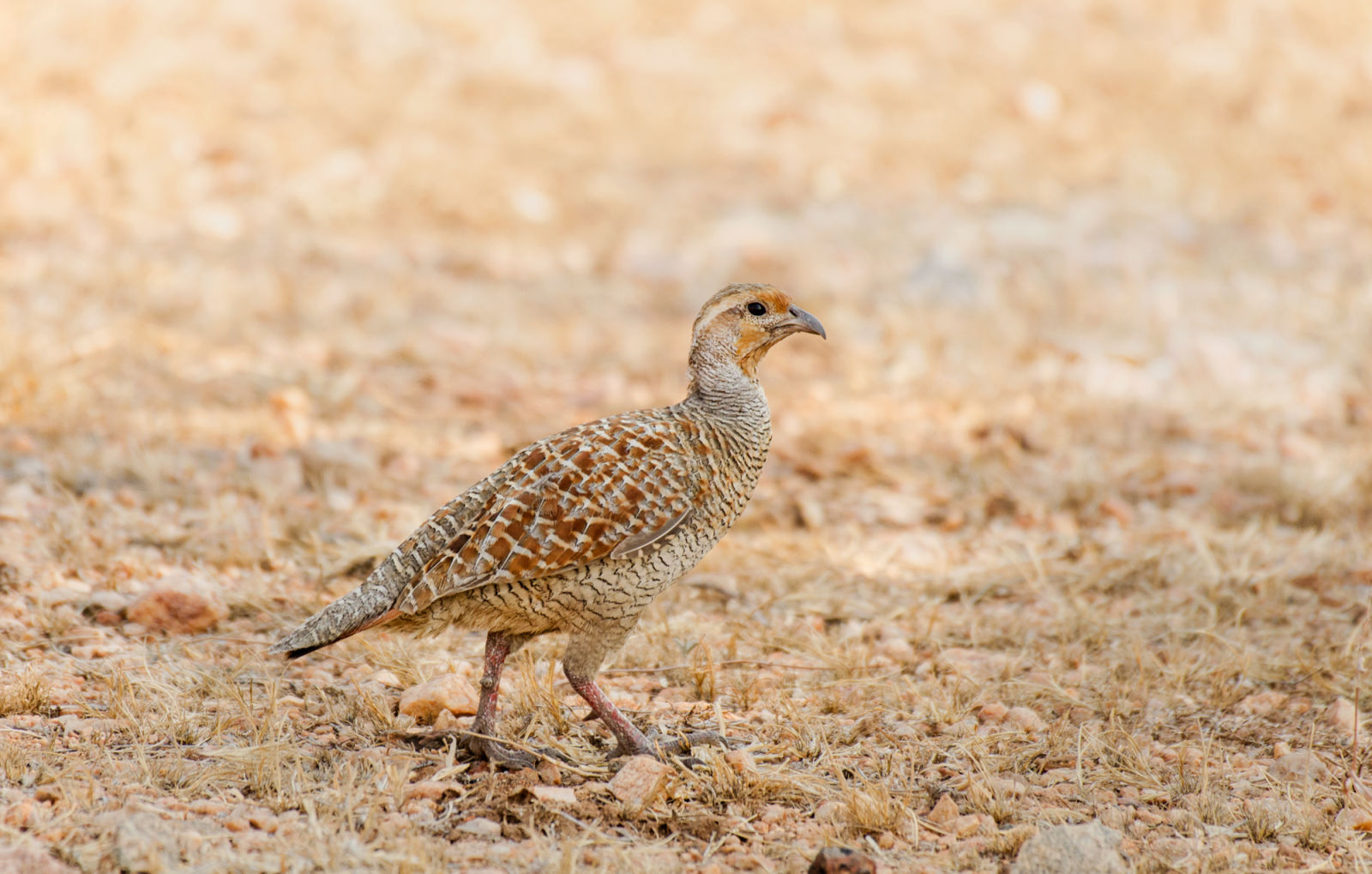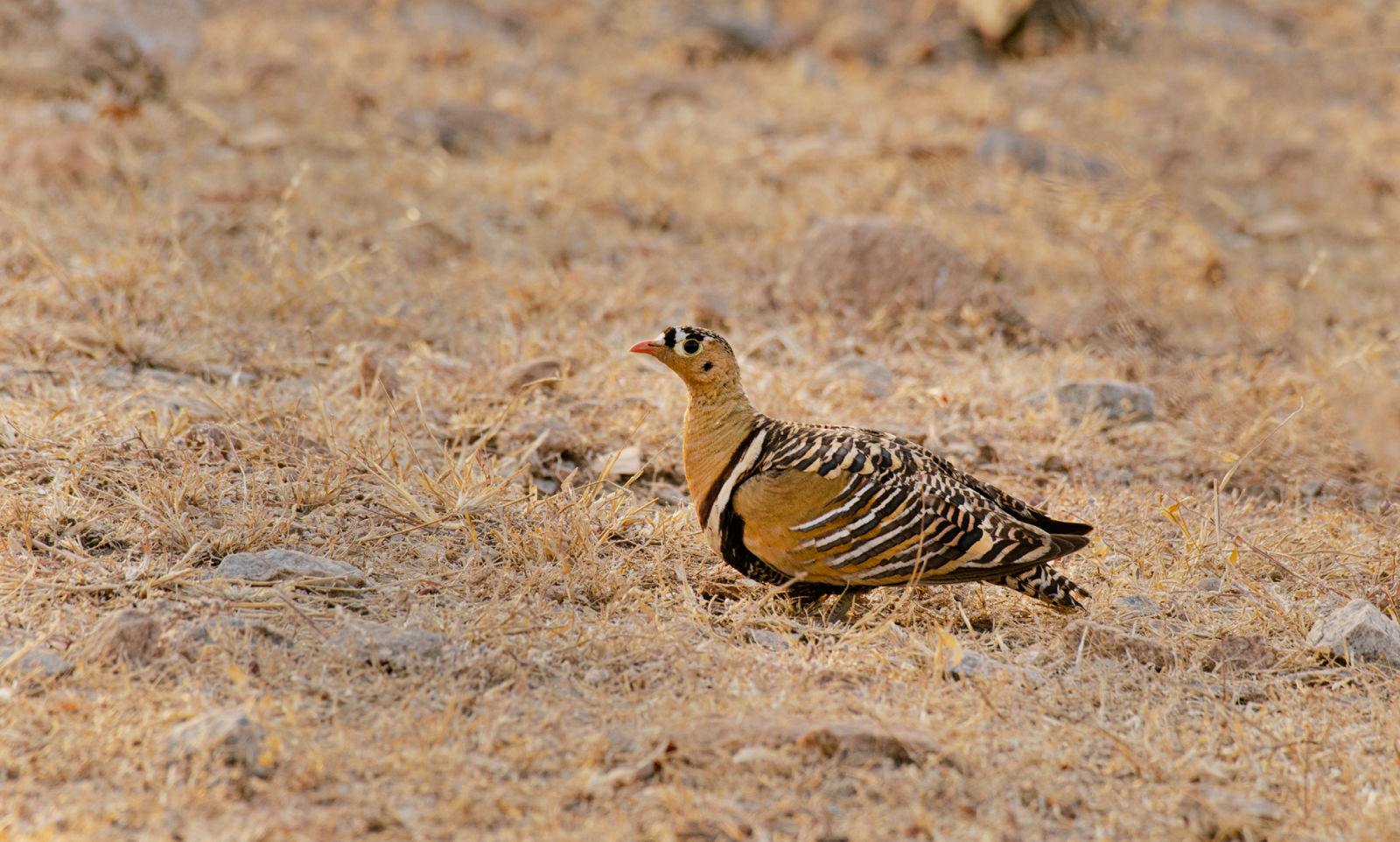On Invisible Trails
Published on: 19/11/2019
Published on: 19/11/2019

Grey Francolin – Photograph: Gowri S

Grey Francolin – Photograph: Gowri S

Gowri Subramanya is an editor and learning consultant based in Bengaluru, India. Writing and photography are her chosen tools of creative expression and the wilderness is her muse. A keen observer of the interaction between nature and culture, she loves to explore the history as well as the natural history of new places during her travels. With a soft spot for bird songs and a weakness for flowers, she indulges in a healthy dose of tree gazing every morning.
Craft Calling: Traditional Lambani Arts and Crafts and the Sandur Kushala Kala Kendra
The Path of a Downfall: Movements that Led to the Collapse of the Vijayanagara Empire
Hampi Ruins in the 1900s: Stellar Photographs From A Forgotten Historical Text
North Karnataka’s Threesome — Badami, Aihole, & Pattadakallu
Hampi Ruins in the 1900s — The Gateways into the City
The cute little denizens of the Kamalapura Palace, Hampi
From the Kitchens of Evolve Back – Jallad Roti | Akki Roti
From the Kitchens of Evolve Back – Qubani ka Meetha and Shahjahani ka Meetha
From the Kitchens of Evolve Back – Murgh-e-Lazeez
From the Kitchens of Evolve Back – Nizami Machali ka Salan
From the Kitchens of Evolve Back – Dum ki Nalli
From the Kitchens of Evolve Back – Anapa Ginjala Pulusu
From the Kitchens of Evolve Back – Raan-e-Kamalapura
From the Kitchens of Evolve Back – Baghara Baingan
From the Kitchens of Evolve Back – Natukodi Pulusu
From the Kitchens of Evolve Back – Tondekai Palya
From the Kitchens of Evolve Back – Royala Igaru
From the Kitchens of Evolve Back – Koli Chuttada
From the Kitchens of Evolve Back – Karibelle Cutlet
The Battle of Talikota and the Sacking of Hampi
From the Kitchens of Evolve Back – Kori Ghee Roast
Harihara & Bukka: founders of the Vijayanagara Empire
The Battle of Raichur: The Beginning of the End